February 20, 2013
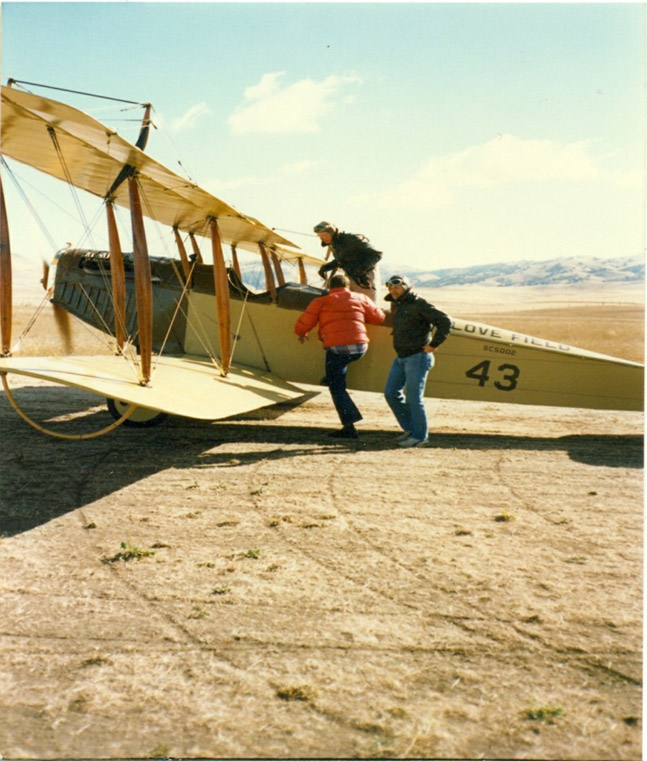
Jim Nissen, Jim Riordan and a 1918 Curtiss Jenny
Over 45 years and thousands of hours of flying I have been privileged to fly many different aircraft from Ultralights (in which I was a AFI or advanced flight instructor) to complex, turbocharged and high performance SELs, Gliders, and antiques including an OX5 powered 1918 Curtiss Jenny (shown here with Jim Nissen Standing in the plane and me climbing in in the red jacket.), an OX5 powered Thomas Morse scout, an OX5 powered American Eagle Bi Plane, and a Ryan PT22. During that time I have had many, many conversations with pilots from beginner students, to novice low time private pilots, Certified Flight instructors (CFIs) and airline transport pilots (ATPs). One subject which never fails to generate the most angst amongst the most pilots is the SPIN. Some would say the “Dreaded Spin.”
Frankly, I love them. I learned to fly when FAA spin recognition training actually included fully developed spins. Sadly, for many pilots today, the FAA no longer requires actual spin training, only “spin recognition”. It is my opinion that spin recognition is not even close to the experience of actual spin training.
Many pilots seem to believe they don’t need spin training since they will simply practice “avoidance”. Problem is, though, sometimes, unintentional spins can sneak up on you and ruin your day if you are not properly prepared.
A fairly common sequence which can sneak up on a novice or low-time pilot, and can lead to an unexpected and certainly unintentional spin, can come from making an uncoordinated (too much rudder) turn towards a runway while approaching for a landing.
A pilot may sense he is overshooting his base leg and thus thinks he will miss final approach, so he adds more rudder instead of more rudder and aileron .thus increasing the bank angle while dropping the nose at the same time. The pilot then yanks back on the stick to get the nose back up and voila, the perfect setup for a stall followed by a spin at an unrecoverable altitude. This scenario is played out typically several times per year across the Country. This is why I recommend that every student pilot find a flight school that will safely teach you 1) Spin recognition and, 2) REAL, FULLY DEVELOPED spins early in your flight training.
My first recommendation would be to contact an old friend and now the best civilian airshow performer in the world, Sean Tucker He owns and runs the Tutima Academy of Aviation Safety http://www.tutimaacademy.com/ You could not learn from a better guy, better school or better pilots. Please tell him I sent ya! You can learn more about Sean at http://www.poweraerobatics.com/ .
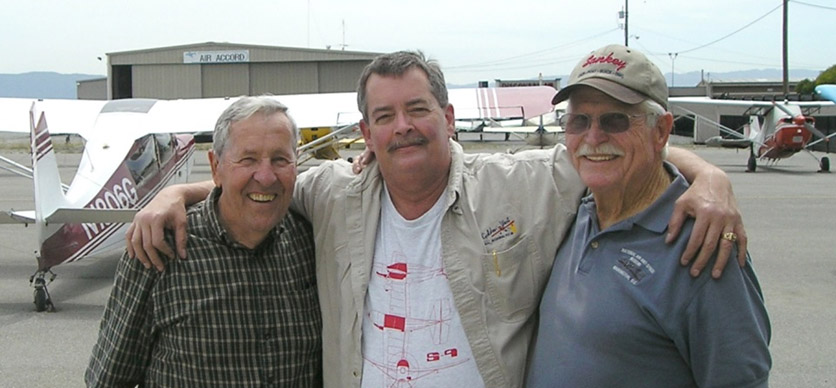
Dave Gray, Jim Riordan and Lennert Von Clemm
My second choice would be Aerodynamic Aviation at Reid Hillview airport,(RHV) you can find them at: http://www.aerodynamicaviation.com/index.php in San Jose, CA. (ask for my dear friend Dave Gray and please tell him I sent you!) In the photo on left Dave Gray is on the left, I am in the center and our dear friend, the late Lennert Von Clemm is on the right) Aerodynamic Aviation used to be called Amelia Reid Aviation and several of my friends and I (including Sean Tucker), learned spins and beginning aerobatics there from Amelia herself. She was so confident, she would show us maneuvers and then she would sometimes fall asleep in the back seat while we practiced them. Really! She would always wake up before landing! Of course Sean Tucker has to be their most famous student . . . but I digress.
SPINS: THE GOOD
Yes they can be good. First, in my opinion, they are an excellent maneuver to be used in a number of situations in which you may want to lose altitude quickly. I have done that many times in sailplanes thanks to my dear friend Bret Willat of Sky Sailing Glider port www.skysailing.com who taught me to fly gliders and sailplanes.
I have also spun down in my Champion Citabria 7ECA to get below the cloud cover going into Reid Hillview (RHV) Naturally this is done outside the controlled airspace of any airport to avoid traffic anywhere near the pattern. Another example would be in a situation where you unexpectedly face a forced landing in an area where your only option is an approach to a small landing area surrounded by tall hostile terrain or trees such that you can spin down within the surrounding terrain and then make a tight circular pattern to a short field landing. Been there, done that. REALLY glad I had the proper training in my “toolbox” for that. (Thanks Bret Willat, Len Von Clemm, and Dave Gray!)
Another reason they can be good is to keep your “stick and rudder” skills “on the bubble.” Len Von Clemm and I used to go out together in a Decathlon and have contests to see who could do the best precision recovery to a predetermined heading. We would usually start at 5 turn spins, and (sigh) he would most often win . . .but hey, I was flying with one of the best. Sometimes I would end up with a slight “bobble” at the end to get precisely on target, Len would almost always be dead on. We have “wrung each other out” for over an hour at a time, loving every maneuver and every minute of it. [Sidenote: Len was the pilot who flew the Tri Motor in “Indiana Jones and the Temple of Doom”. Len taught me how to fly that same Tri motor along with other antique aircraft that belonged to our mutual dear friend, the late Irv Perch, who built the “Flying Lady” restaurant in Morgan hill, named after his wife Jan Perch. Irv had a large collection of antique aircraft and I was one of a few pilots who had permission to land on his golf course right at the restaurant to go in and visit him. The Tri motor is now at Kermit Weeks “Fantasy of Flight” living history museum in Florida]
Then there is the pure fun factor. Yes, they are great fun, at least for those of us blessed with a stomach that can accept some “rockin’ and rollin”. In aircraft equipped with inverted fuel systems you are able to transition from inside spins (where the pilot is on the inside), to outside and back and also transition from a standard spin to a “flat spin” and back which is a maneuver best left until you have mastered standard spin recovery. Lastly, full spin entries are wonderful for teaching students to become comfortable with STALL recovery since an aircraft must be stalled in order to spin.
SPINS: THE BAD
Just as they can be good, they can be bad. Some pilots, especially in training stage, become easily disoriented when doing spins and can experience varying degrees of under reaction, over reaction, opposite reaction, NO reaction or simply “freezing up”. The last can be a little traumatic to the poor bastard in the other (or back) seat.
Years ago I had an experienced pilot to whom I was teaching spins in a Citabria 7KCAB “freeze solid” on me. I was sitting in the back seat, and I could not see his face. I had demonstrated spins right and left and recovery in 3 turns on the proper heading, following a long, straight dirt road in a field below. We climbed back up and started at about 5,000 feet. At altitude, I asked him if he “was ok” and I got a definitive “yes”. I told him “your airplane” and he acknowledged “I have it” He seemed fine.
I reminded him this was to be “three turns ending with the nose on the road in the same direction as when we started”, he acknowledged. He pulled the power back, slowly brought the nose up, checked he was in alignment with road, and then pulled the stick back and applied full right rudder. I had asked him to “call the turns” as the nose aligned with the road. He counted, “One, Two, then nothing. As the nose passed over the road, I said, “Ok, three turns, let’s recover”. Nothing. As we approached 4 turns I said, “4 turns and airspeed, time to recover”. Nothing. At 41/2 turns I said, “RECOVER NOW, stick forward, left rudder, nose on the road.” Nothing.
I then tried to over-power him but he was “hanging on tight” to everything. I could not budge the controls. He was taking us straight into the ground. I couldn’t imagine what was going through his mind or the look on his face. So I did what one of my first instructors and best friends taught me (Thanks Dave Gray) and I “Cuffed” him. This where you take both hands, and from behind, hit both sides of his headset at the same time and the pressure inside the “cuffs” of the headset sends an ear splitting pain instantly to the head and brain of the pilot, causing him to think only of that, and break his (Literal) deathgrip on the controls. I was then able to overpower him on the controls and “zoom” out the bottom, darn near redline and pulling 5Gs.
He then asked me, “what happened, why did you do that?” He actually did not recall freezing. That is how mesmerizing spins and other aerobatic maneuvers can be to some people. This incident made me forever aware how totally “sensual overloading” and overpowering these maneuvers can be to those people. I could not help but think about what would have happened to this guy if he had tried this maneuver for the first time with a poor unsuspecting passenger.
Since then I have found that this is no isolated incident. This why pilots die every year attempting maneuvers that are over their head or beyond their ability, or worse yet, beyond their fear factor, get disoriented and die. This was an eye opener for me since thank God, I have never been disoriented to the point of incapacitation. I did become somewhat disoriented one time doing vertical rolls into a cloud in a Pitts S1S but I simply powered back, tail-slid out and regained my orientation quickly.
Some pilots new to spins can actually perceive they are spinning in one direction, when in fact they are spinning the other direction. When this happens, applying what the pilot thinks is the correct control input can quickly make the spin “go flat” and cause further disorientation such that unlucky pilots think they are spinning to the left when they are actually spinning to the right. This can easily cause a novice to “hang on too tight”, apply the wrong control inputs and spin right into the ground, trying to regain control all the way down while wondering why the aircraft is unresponsive to his control inputs. This disorientation can happen easily to some folks and not so easily to others . . . yet another reason to do all your training with an experienced instructor in the other seat, behind you or next to you.
To me, the most important thing I have learned about spin recovery in a disoriented situation is, “If pushing the rudder pedal in one direction does not work immediately, DON’T PUSH HARDER on the same rudder pedal, PUSH THE OPPOSITE RUDDER.
SPINS: THE UGLY
Yes, just as they can be good or bad, they can be ugly, unrecoverable and deadly. That is why we are: 1.) Supposed to be wearing parachutes when we perform aerobatics, and intentional, fully-developed spins are definitely aerobatics. [Aerobatics are technically defined as bank angles exceeding 60 degrees or nose up or down angles exceeding 30 degrees].2.) We are supposed to be performing them ONLY in aircraft that have been approved for all maneuvers you expect to perform especially including spins. Many aircraft are specifically “placarded” against intentional spins with language such as: “Intentional spins prohibited”. If someone wants to teach you spins in an aircraft with such a placard, decline the invitation!
Performing spins in aircraft that are not approved for spins can have deadly consequences. In years of test flying different types of aircraft, or first flights in experimental aircraft, and doing spins as part of the testing, I can tell you there have been times I nearly had to exit the plane because of poor spin recovery performance, spin induced “flutter” and other anomalies that made recovery nearly impossible. That is why we test them before releasing them for “general aviation” usage. Just as importantly, we should be doing them only in airspace designated for/and/or safe for aerobatic practice.
SO HOW DO WE RECOVER?
The first thing you need to learn
Memorize the “mnemonic” P-A-R-E for Power OFF/ idle, Ailerons neutral, Rudder opposite the spin, and Elevator to/through neutral. It is my understanding that the mnemonic “PARE” actually evolved from a ten year spin testing program completed at NASA, and based on intensive and sometimes fatal spin testing involving both NACA and NASA test pilots. Some of this testing dated as far back as 1936. This testing turned into proven procedures which used to be taught in an aircraft, by approved FAA instructors and was used in certifying aircraft for safe flight.
“Real” as in fully involved or “wound up” spins are no longer taught because too many instructors are afraid to do them, soooo the FAA simply turned real “spin training” into “spin recognition” which to me is joke. It is my belief that no one should be given a ticket to fly passengers until they can prove they can recover from, at a minimum, a simple, fully stalled, two rotation turn to a specific heading, in a Cub or C-150. Until then, as far as I am concerned, there is no proof that they can take others’ lives into their hands and bring’em back alive..
Further, different aircraft each have a different, and sometimes VERY different “feel” which you can only learn from FEELING in my opinion. Some planes may take only a little stick forward for recovery, while in others you may have to give a pretty darn good push . . . sometimes a LOT before you get recovery .Plus it is my experience that the length of time you must hold a control before full recovery can vary quite a bit. My little CHAOS S9 I have now, (shown below in front of a friend’s house), requires literally just fingertip “nudging” rather than pushing and tugging. It is light as a feather on the controls and it responds instantly, right side up or upside down. . . . . But then go hop into a C-206 at gross and full fuel and you will redefine “heavy” controls.
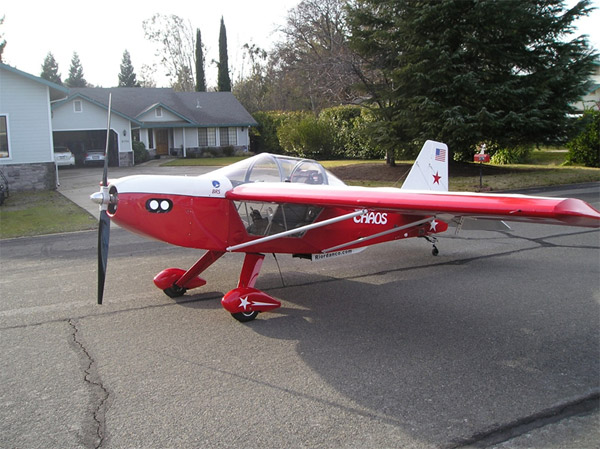
Jim Riordan’s RANS S9 Chaos
In some aircraft that spin readily upright and inverted—such as Pitts, Christen Eagle-and my RANS S9 Chaos (shown in the above picture) you can also use a different technique . . Pull power to idle, let go of the stick, and put in full rudder opposite to the rotation of the spin. I prefer to never let go of the stick and have never had the need to, but it is a proven recovery method in some aircraft.
One must always be aware that: 1) In some aircraft, too great or too rapid an application of control inputs can result in a “crossover” spin from a positive to a negative spin (inside to outside) and also that 2) Too fast a movement of the elevator can “black-out the affectivity of the tail and can even make the rotation faster than it was.
I once sold a 1946 C-140 ragwing I had, that spun great, to an airline Driver . . . when I asked “Wanna see her spin?” I was told “No” in no uncertain terms. I told him, “She will spin nice and easy” . . and he said, “No I am afraid of spins” . . . .and this guy was flying around with lots of peoples’ lives in his hands!
Another time, I needed to go, on business, from our Gold Country office to San Jose, CA. so I went to the local FBO at Cameron Park airpark and said I wanted to rent one of his 150s for a few hours. The owner handed me off to one of his younger CFIs and I figured “three times around the pea patch” and I’d be on my way. . . Wrong!! . . He quickly glanced at my logbook, missed the fact I had owned two C-150s long ago and said, “Naw I think we’ll go over Folsom Lake and do some unusual attitudes” . . . So, since Folsom Lake is just down the hill, we were over the lake at 3,500 AGL in minutes. He has me put on the “Foggles” and look down and he starts the same ole BFR routine, he does a couple of turns in each direction and then a climbing right turn followed by a climbing left turn and gets the bank angle steep, nose high and says “your airplane” . . . After many years of aerobatics, I instinctively knew and could “feel in my butt” exactly where I was and what he had done. . . as he hands it to me, I notice we are free of traffic ahead, at a perfect speed for a gentle snap roll to the left, and a pullout into level flight, so I go to full power, full left rudder and full back stick and in an instant we were in level flight . . with him still screaming “Wha—Whaa– wha what was ttthat?” I said, “You set me up for a perfect ¾ left snap roll, it was the quickest way to get level and there was no traffic, so I took it” . I said, “A snap roll is simply a spin maneuver” and he stammered back, “I’ve never done spins”. I replied, “You should have had to do a full spin recovery to get your Commercial/instructor rating!” He said, “I never did them because my original CFI would not do them and the examiner pilot who gave me my CFI said he “hated spins” so I never had to do a single one” . . .I thought to myself that this guy was teaching people every day and yet he had never experienced a REAL spin entry. . . So, I could not resist . . I looked at him and said, “Well . . .then THIS is your lucky day” as I pulled the throttle back, yanked the stick back and put the right rudder to the stop. After one turn I told him , “you got it” and then walked him through a couple of recoveries. He was a new man! He absolutely loved it so we did spins left and right most of the way back. By the time we landed I could see a new confidence in him. He thanked me profusely as we stepped out of the plane and I asked, “Well, did I pass?” . . and he replied, “Did I??” and we had a few laughs . . As I walked away I wondered how many other young CFIs were out there teaching others to fly without ever having learned how to save themselves and without teaching their students how to recover from their most likely enemy in the air. I sure am thankful I learned it the right way. Thanks Dave, Len, Bret, and Amelia, you taught me to REALLY fly.
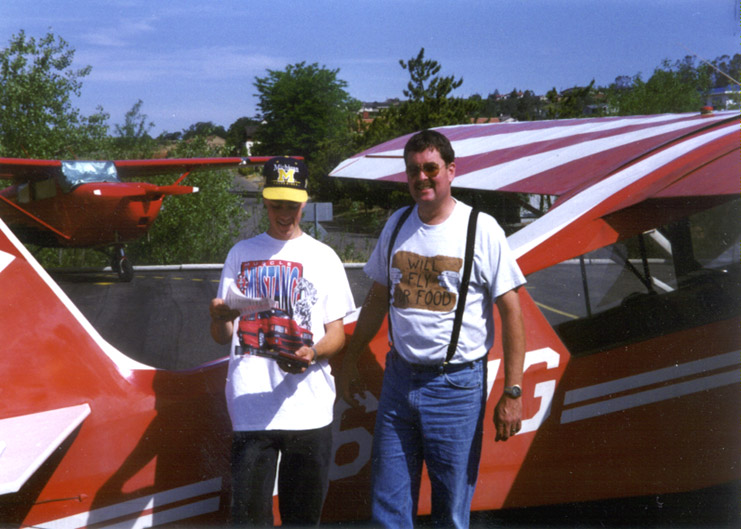
Jim Riordan and Brett Riordan after Brett Received his Student Pilot License
As a footnote, my son Brett got his student solo license at 16 years old, but not before he could do a full sportsman aerobatic routine, including full five-turn spins in each direction in our Citabria. (Brett is shown in the photo on the left just after he received his student pilot license) .
My hope is that after reading this, you will make sure that REAL spin training is part of your flight instruction. You owe it to yourself and your family.
You may even like it . . or . . LOVE IT. Do remember that all aircraft react differently, at different rates, or to amounts of control input, so it is a good idea to get some spin training in each type of aerobatic plane you intend to fly. Using the same amount of control input on a Pitts as you might on a Cub can put you in a very disorienting “crossover spin” maneuver REALLY quick. . . . So hey, learn them all and fly ‘em to the max!
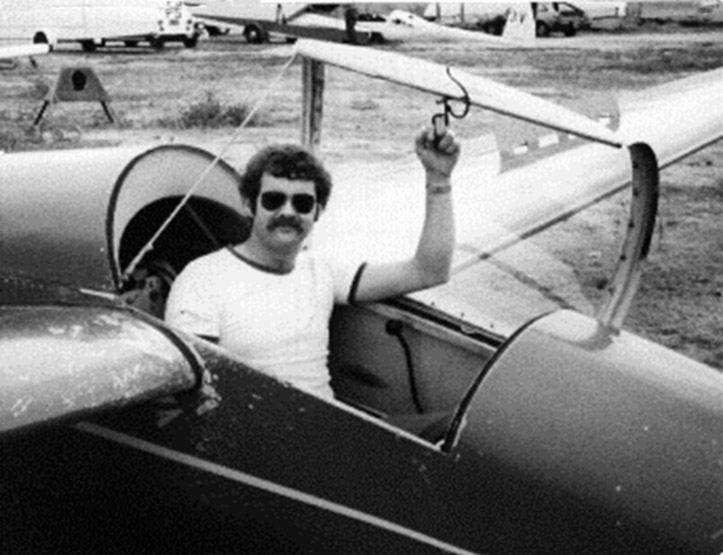
Jim Riordan completed spins – 1977
Some aircraft that I have intentionally spun are Pitts S1S, S2A, Cessna 140, clip wing Taylorcraft, Cessna 150, 150 Aerobat, Starduster Too, Cessna 152 Aerobat, Champion Citabria 7ECA, Citabria 7KCAB Decathlon and 8KCAB Super Decathlon 150hp, Schweitzer 126 glider (Shown at right after I finished a flight in 1977) and Schweitzer 232 gliders, Flightstar ultralights, Avid mark IVs, Kitfoxes, Piper Cub and of course my Rans S9 Chaos.
Remember, no two different types of aircraft will recover in exactly the same manner. This may be due to different rigging, changes to the CG position/mass Distribution etc.
Lastly, ALWAYS wear a parachute. My Rans has a BRS Ballistic parachute as did my Flightstar and my Avid and I am a firm believer in them, especially after one saved my life already. I am “BRS Save 141” on the BRS (Ballistic Recovery Systems) website, which you can read about at: http://www.brsparachutes.com/files/brsparachutes/files/141.pdf
About Jim Riordan
Age 66, married 44 years to wife Lynn. Residence is in Cameron Park, CA. He is the CEO of his own consulting company that provides new product evaluation, alternative design consulting and strategic marketing advice for companies as large as 3M to small businesses and individuals as well. He is a successful inventor and has written books and courses on product evaluation and marketing. His son Brett, 34 is also a pilot and soloed at age 16, Riordan was a several term member of the Placerville Airport Advisory Commission. He grew up in a flying family and has flown since he could sit on his dad’s knee and hold a control yoke. His uncles both flew bombers in WWII. He holds a private pilot’s license SELwith high performance and high altitude endorsements, a glider rating, tailwheel rating and a low altitude aerobatic competency certificate for doing air shows. He has logged over two thousand hours, with over 1,000 hrs. in aerobatic tail wheel aircraft. He teaches aerobatics and is an Ultralight Flight Instructor and Ultralight Flight Instructor Examiner (UFIE) for the EAA. He has made 11 intentional parachute jumps including freefalls and one unintentional ballistic parachute descent.
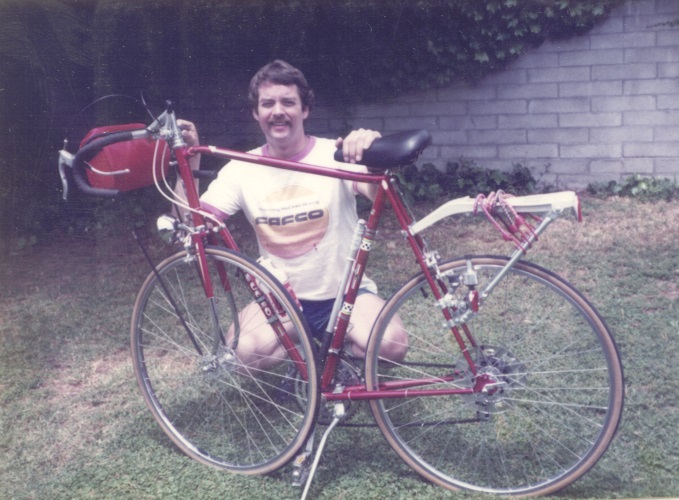


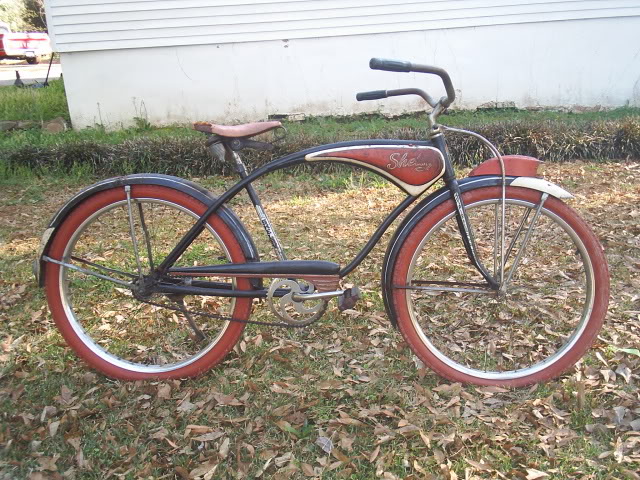
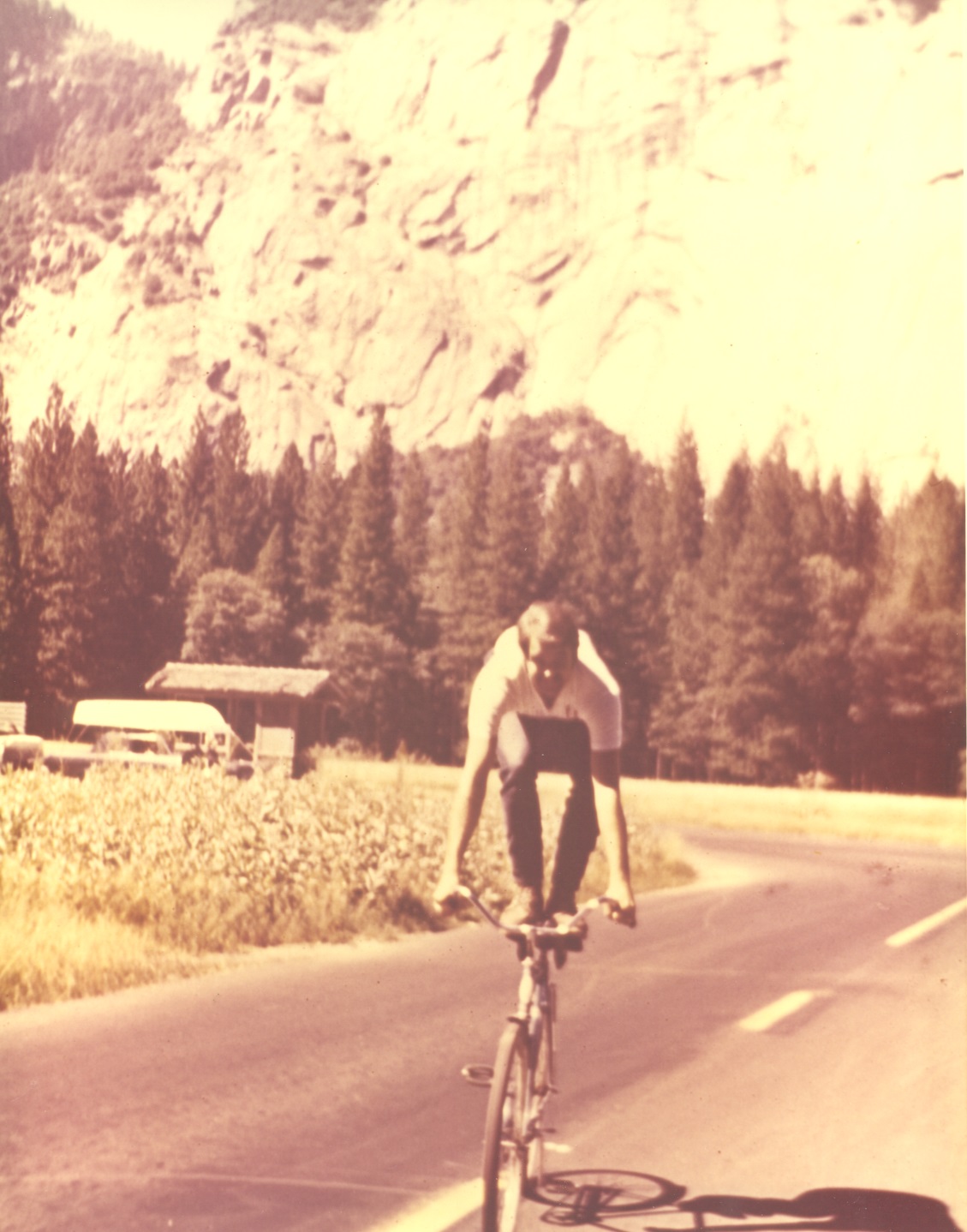

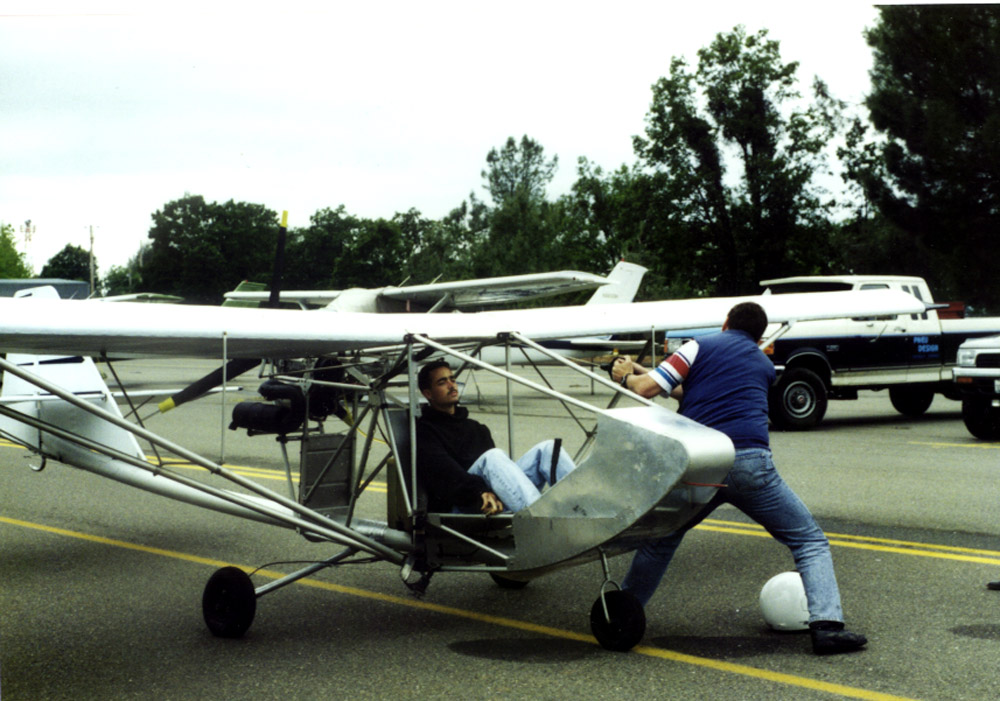
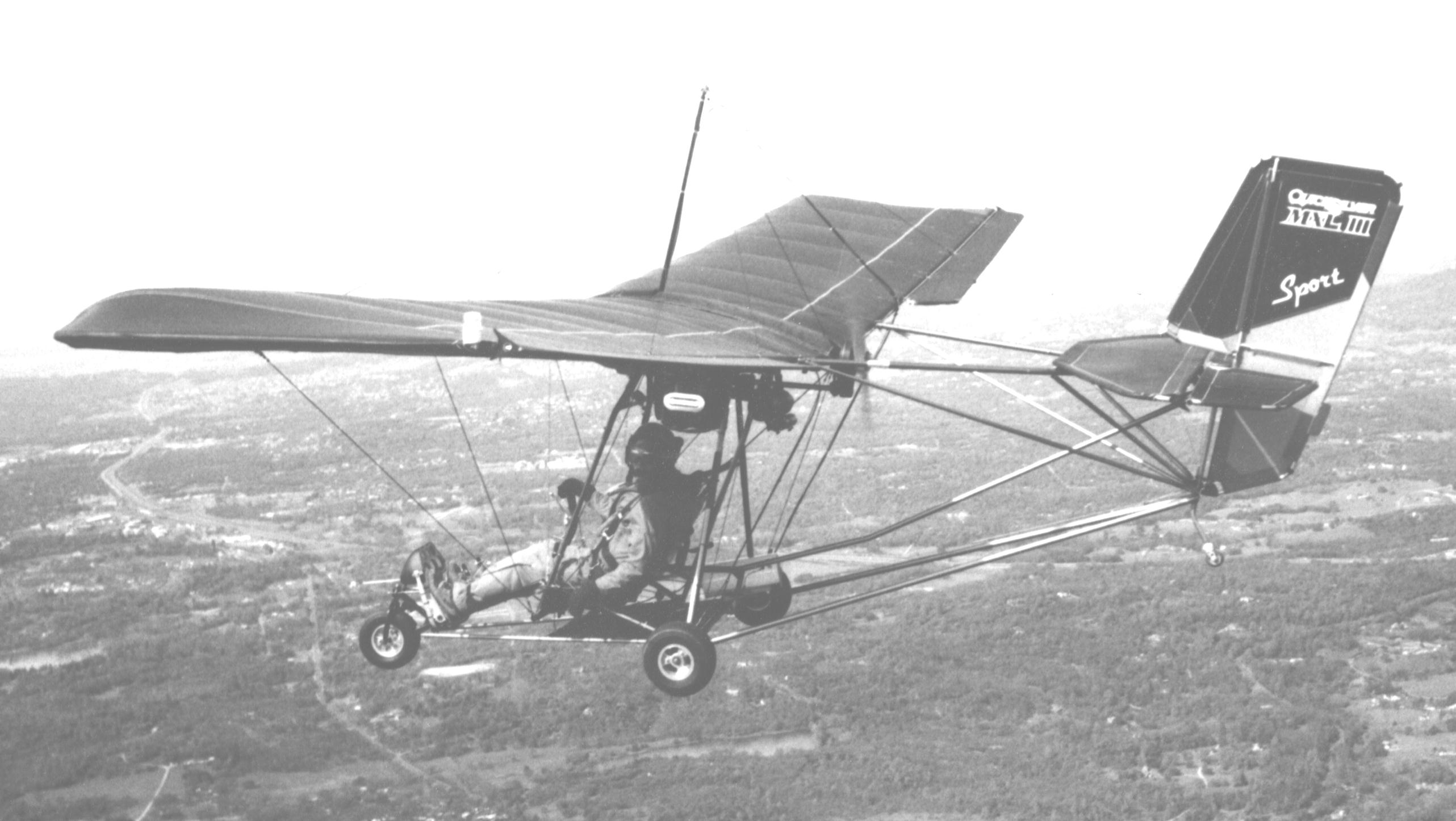
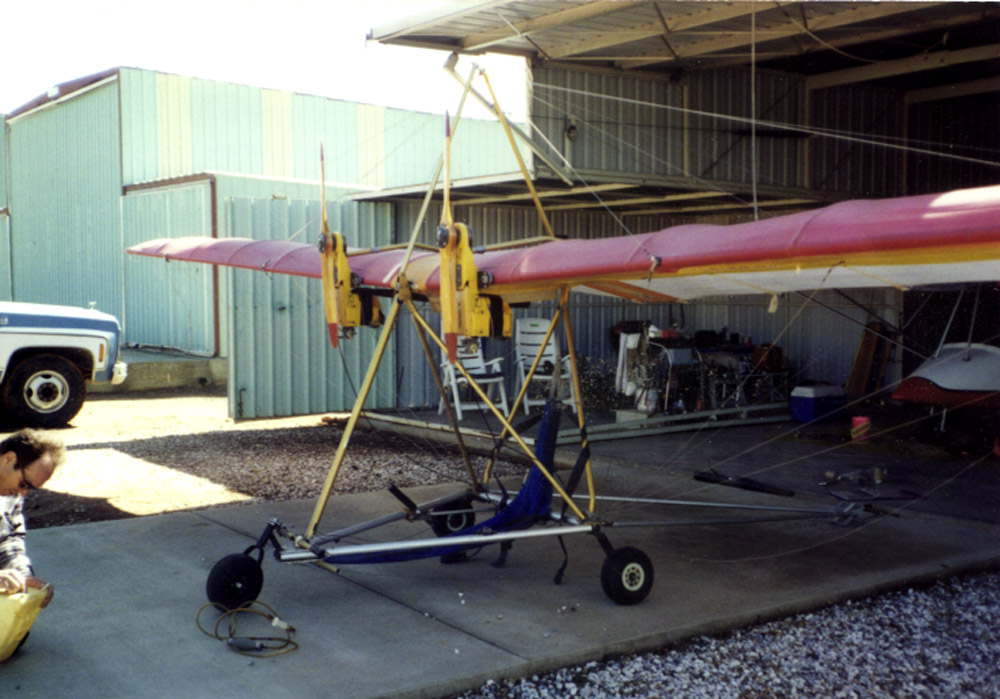
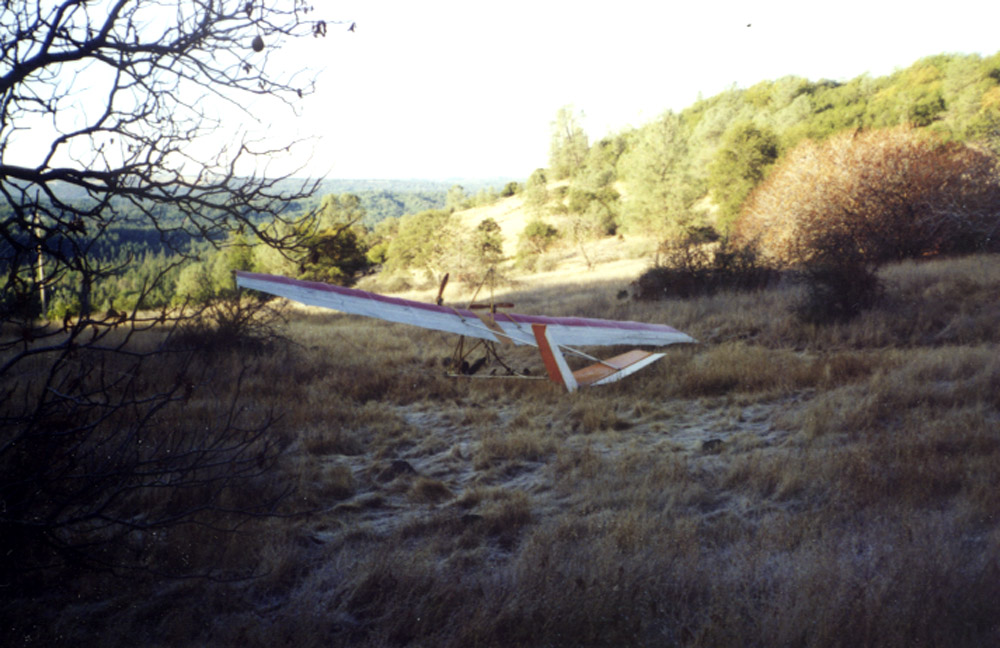
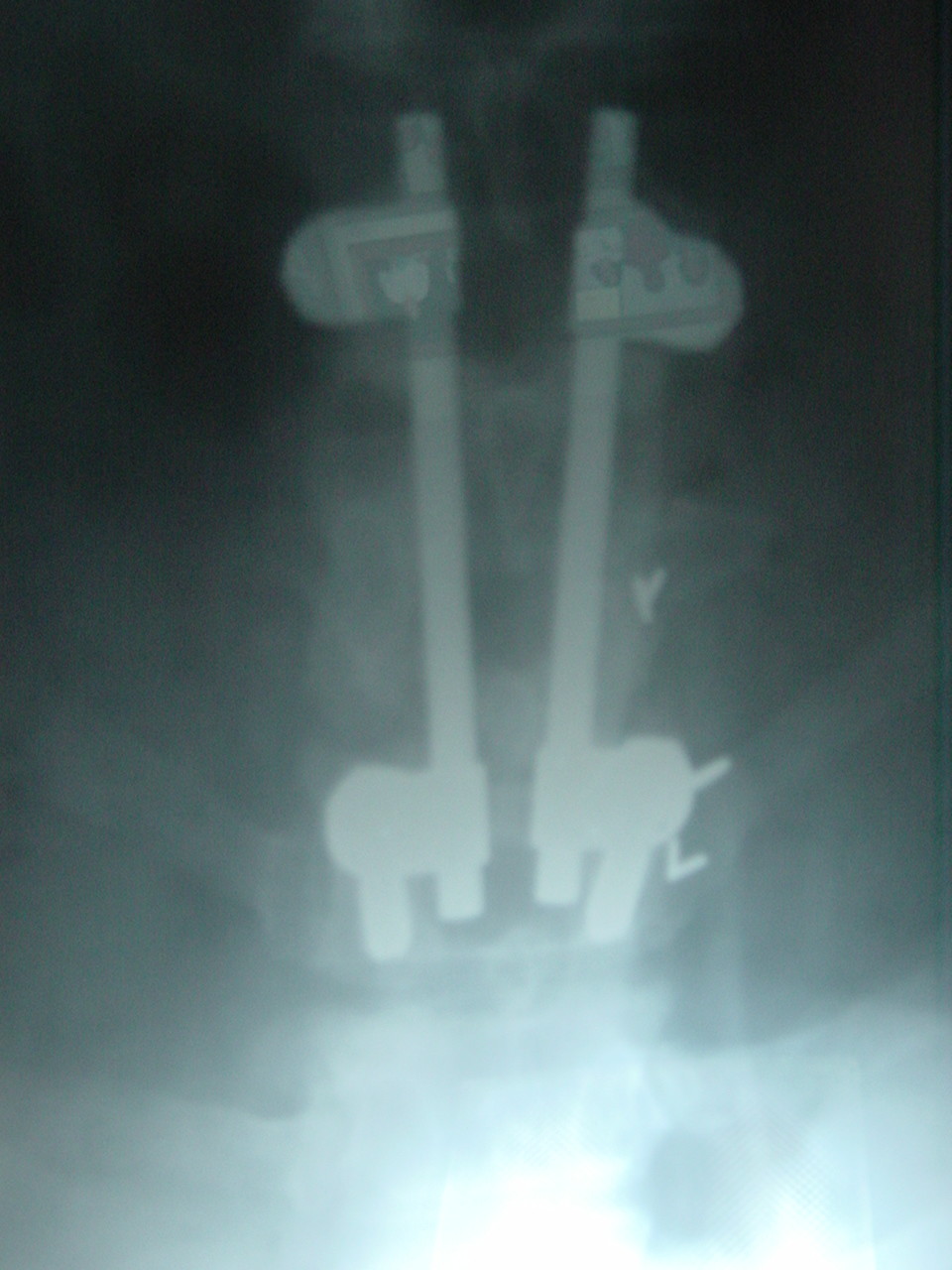
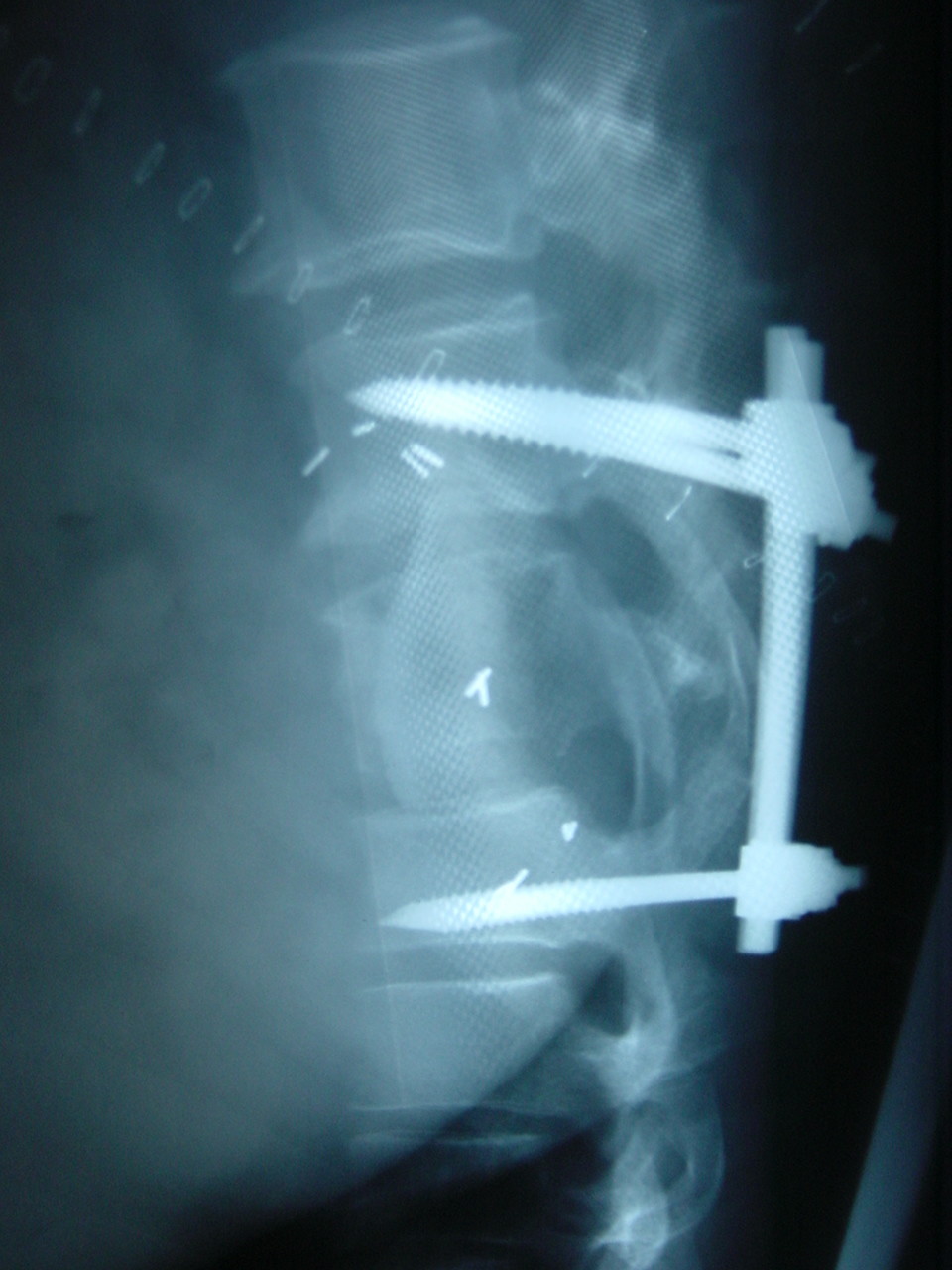
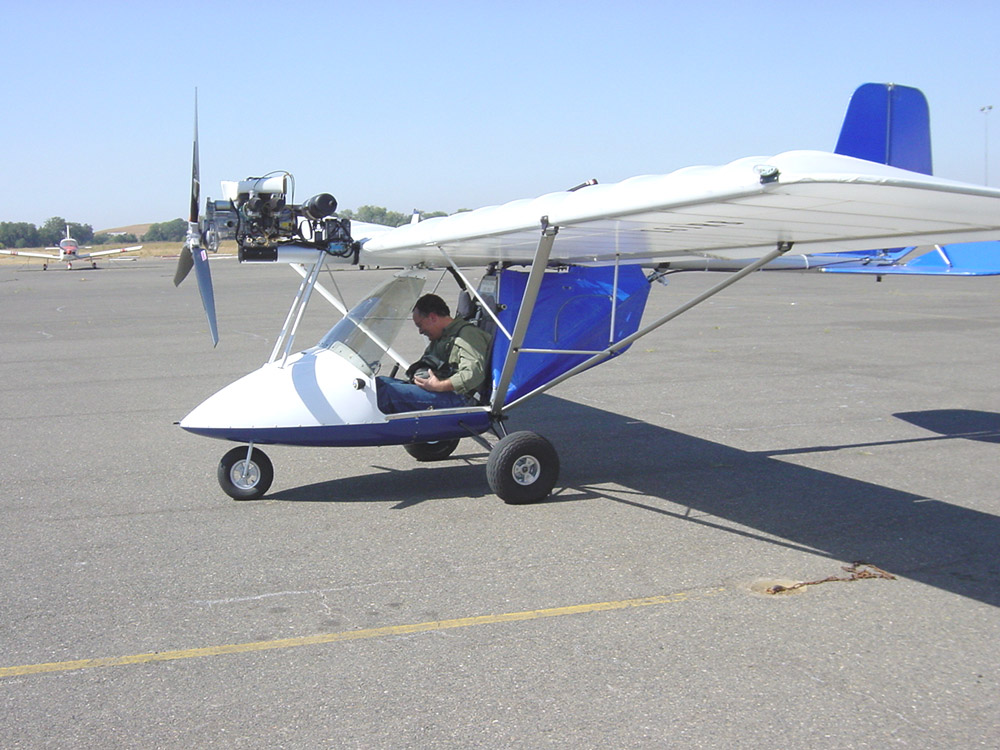
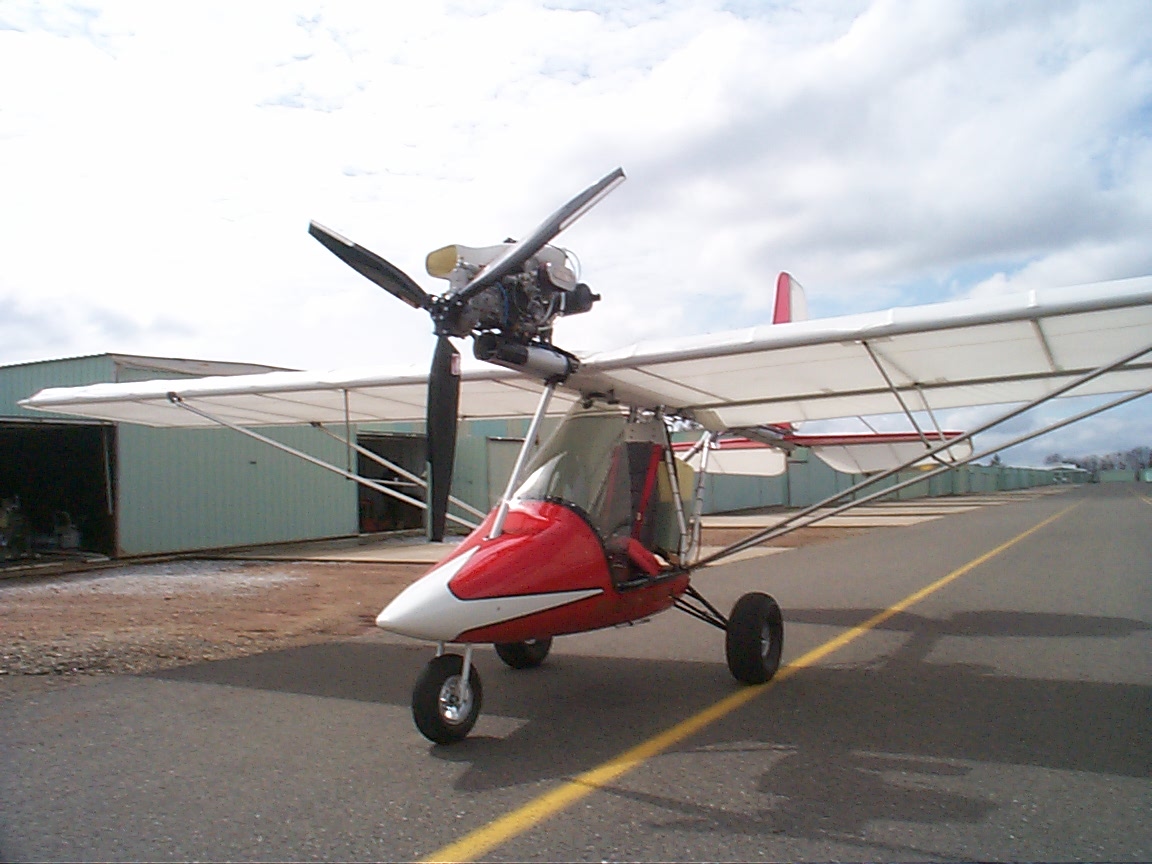

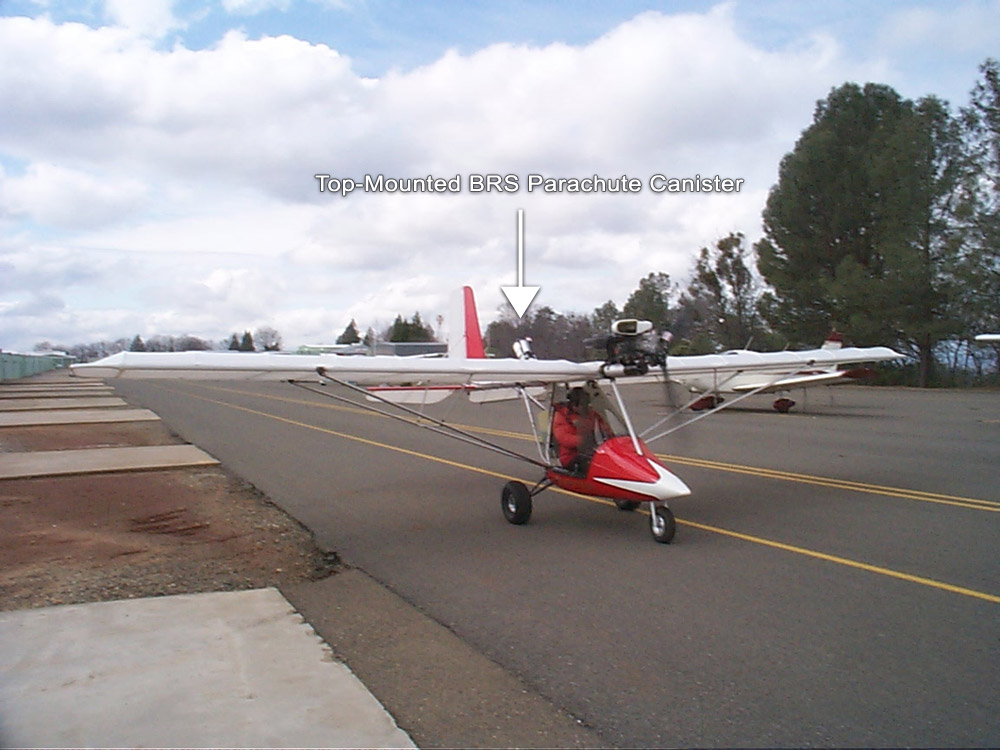
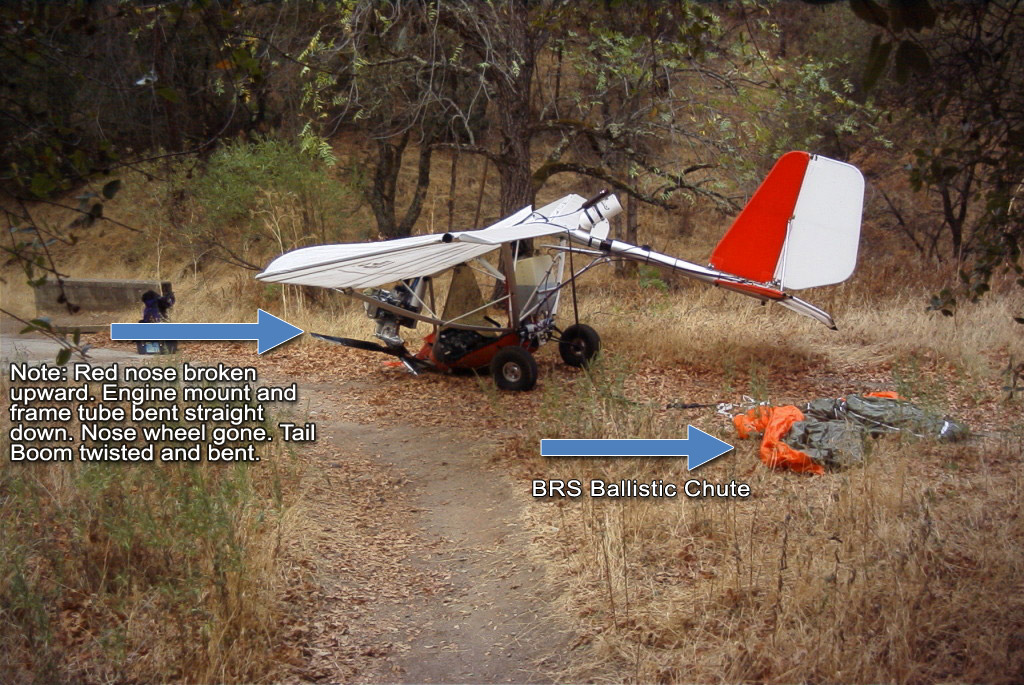
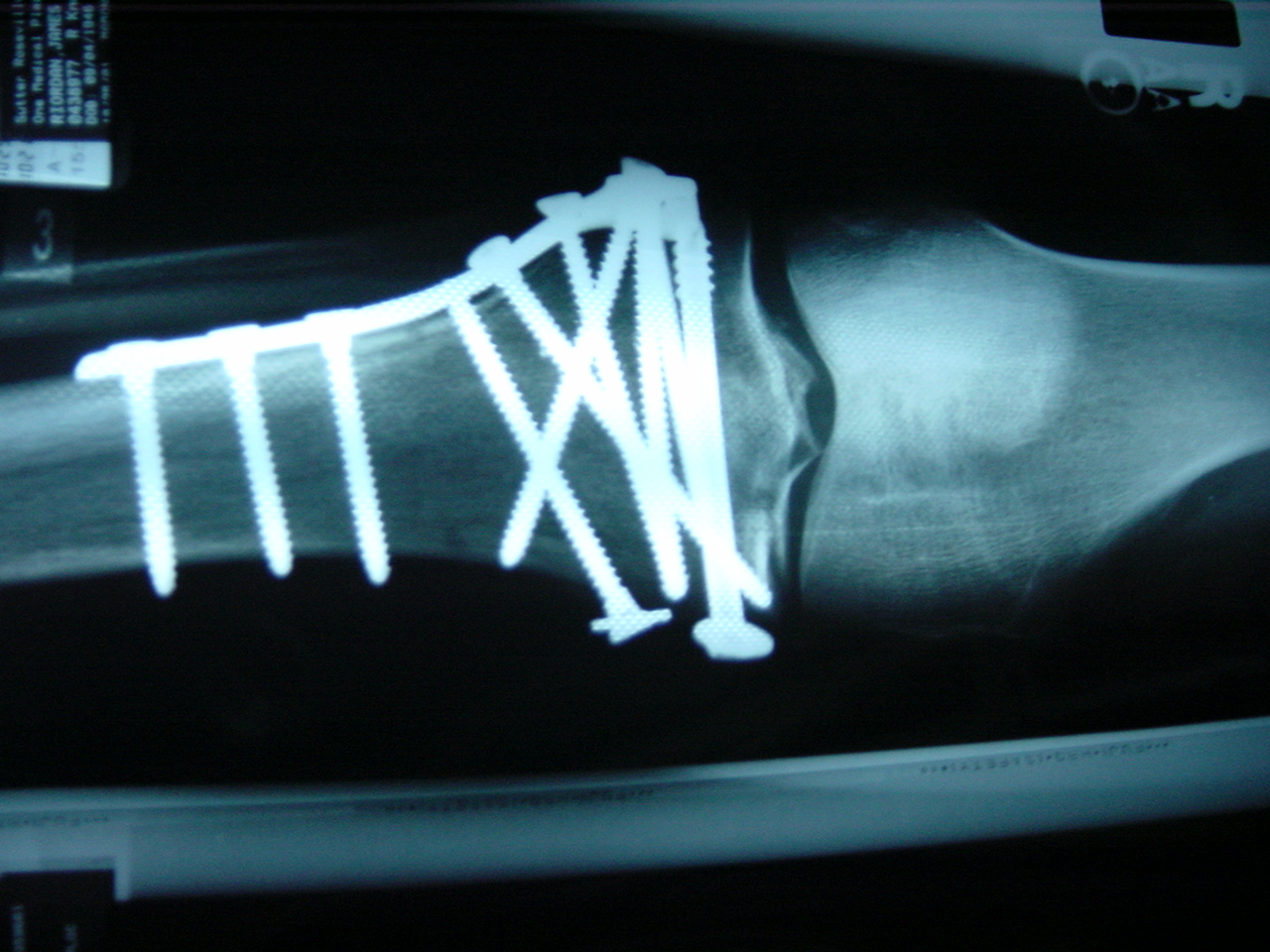
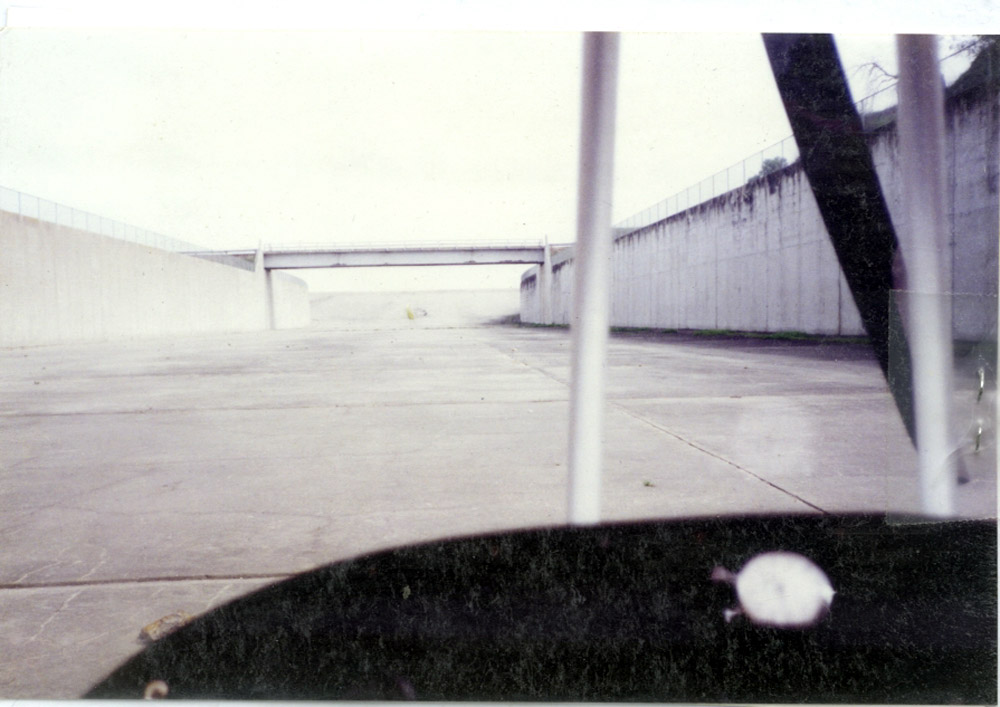
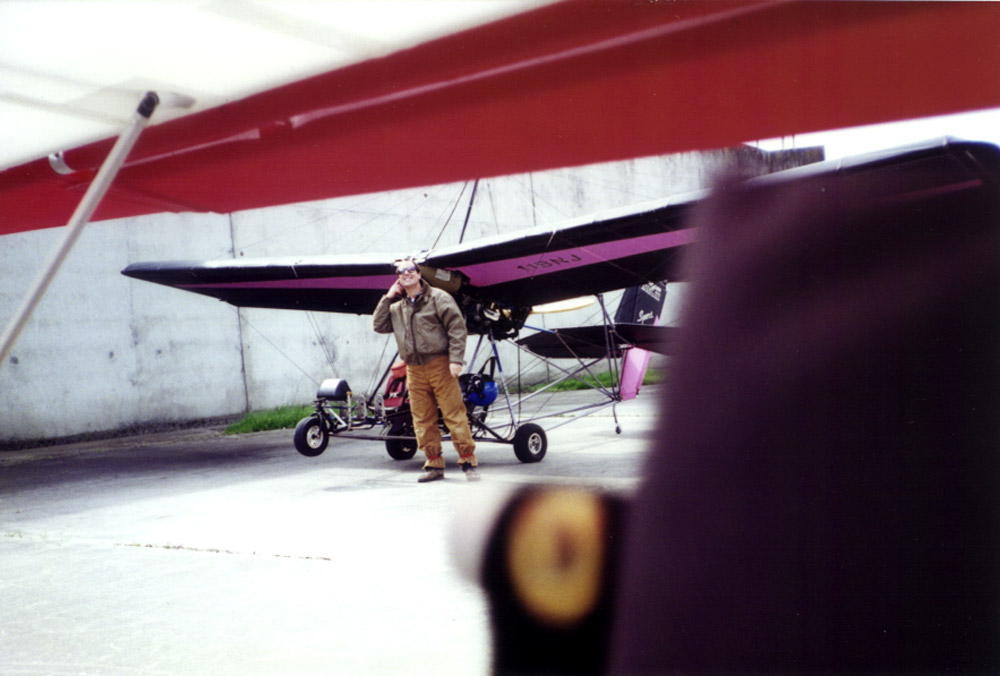
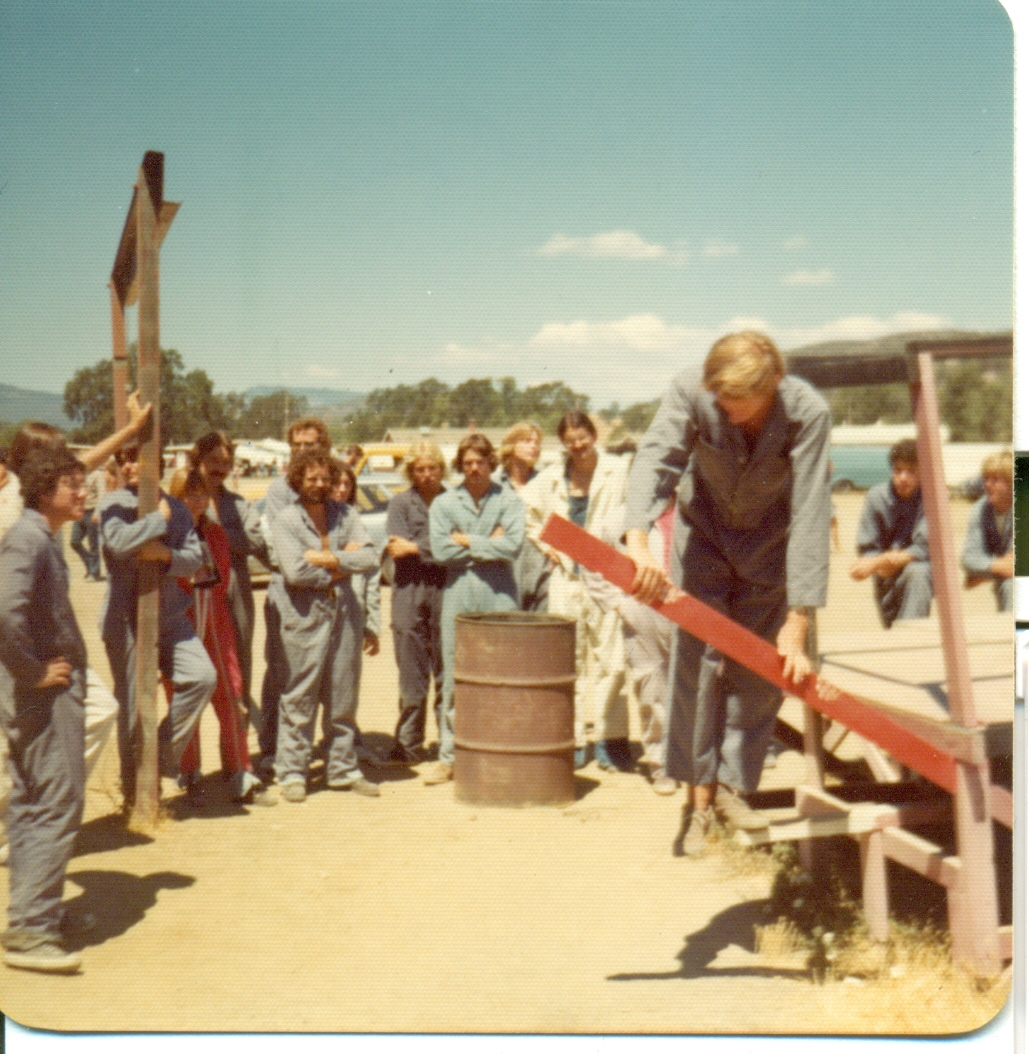

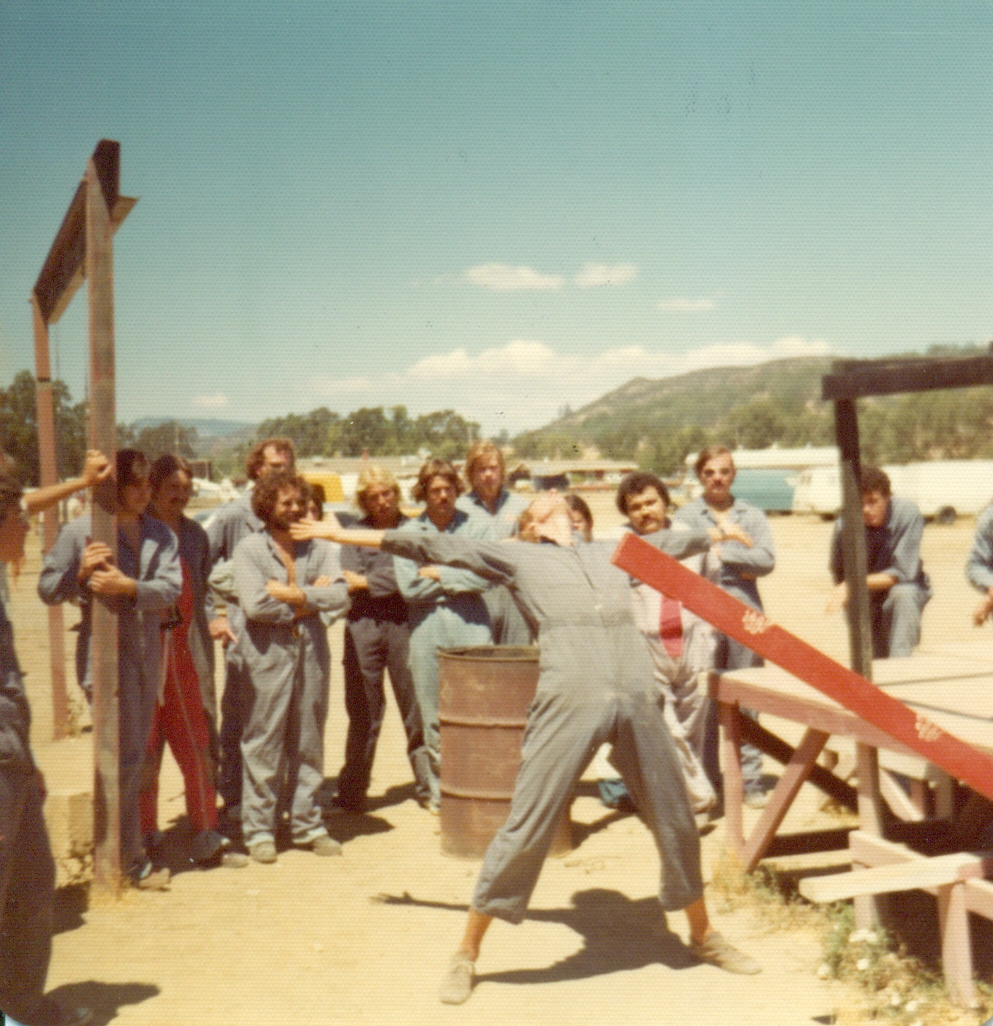
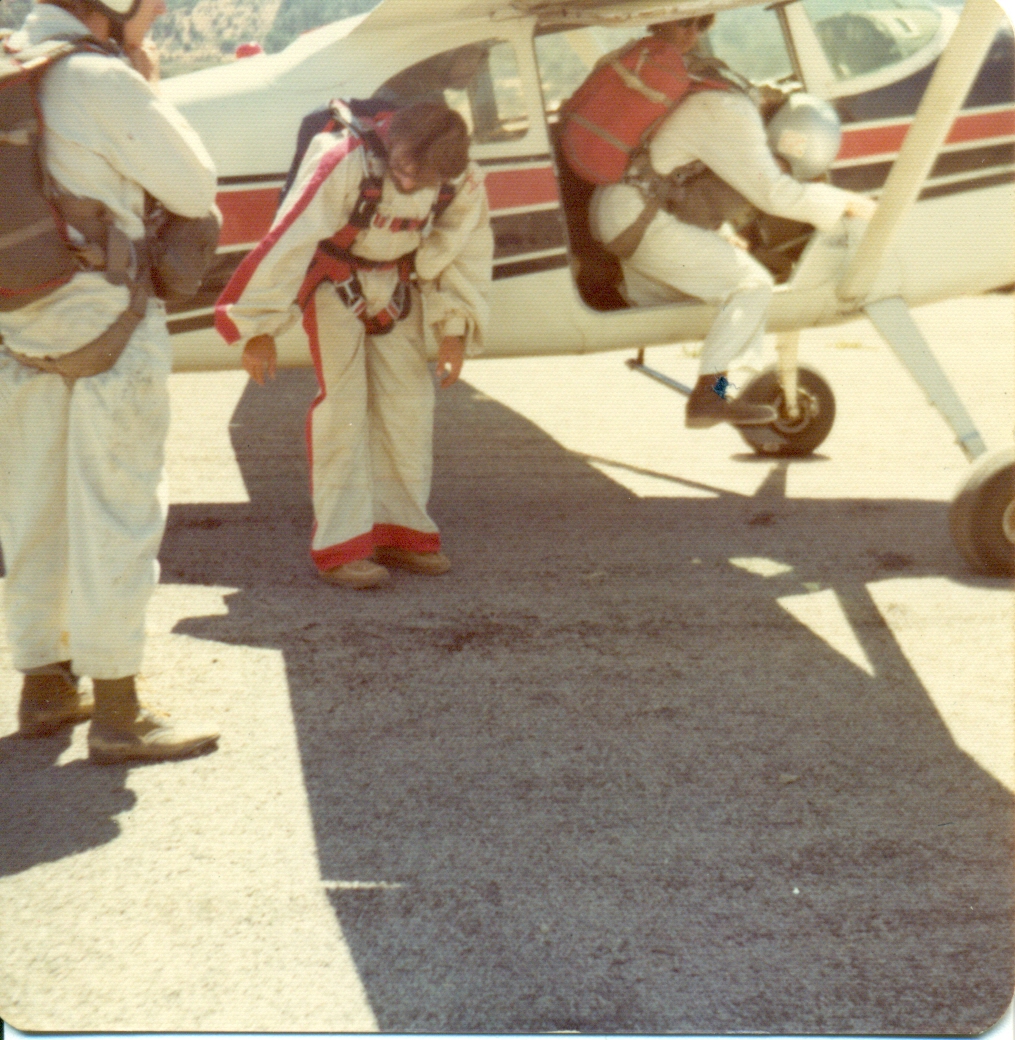
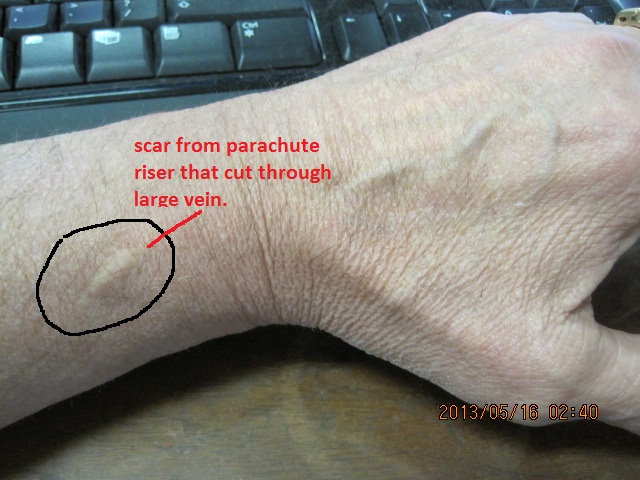
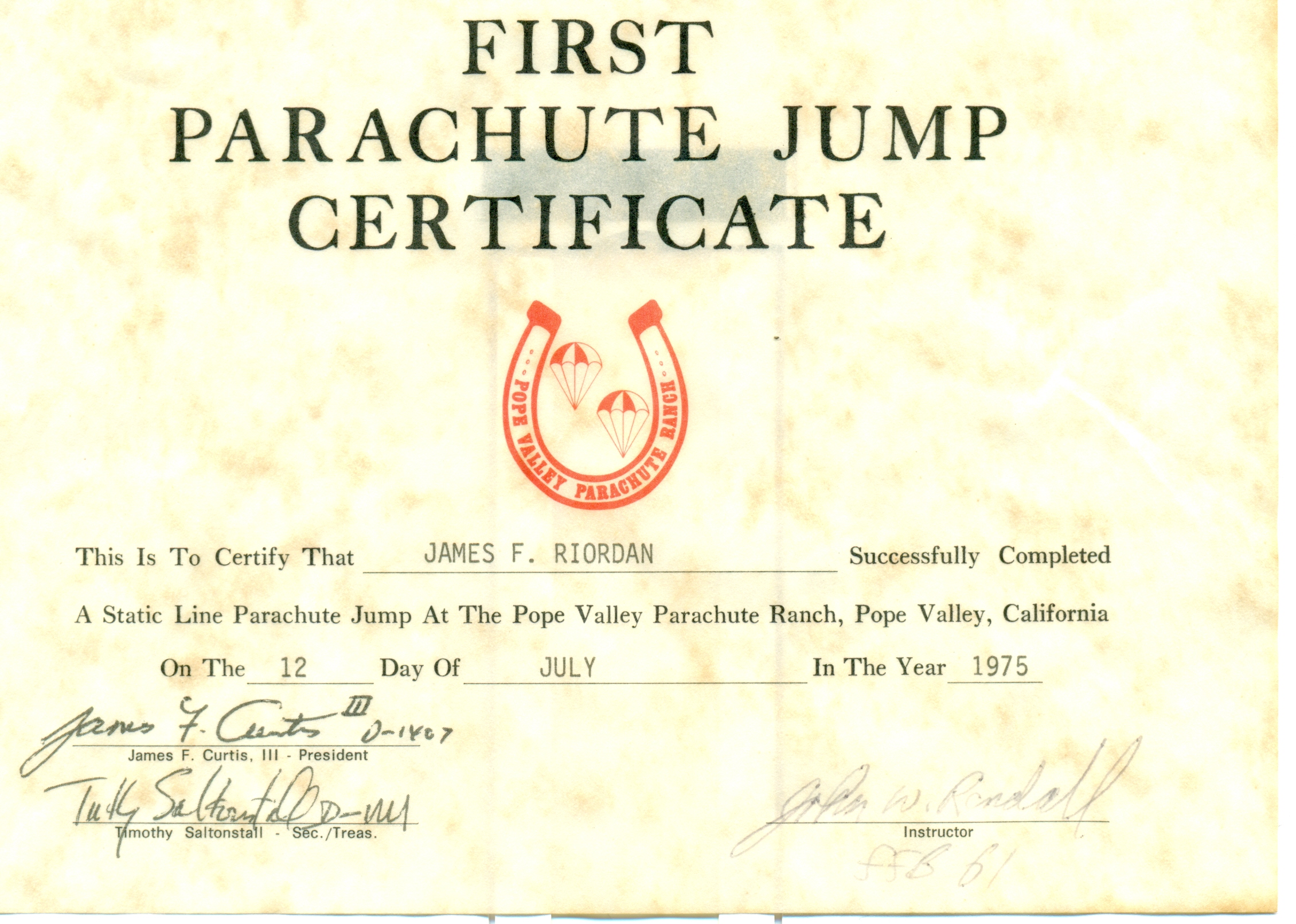
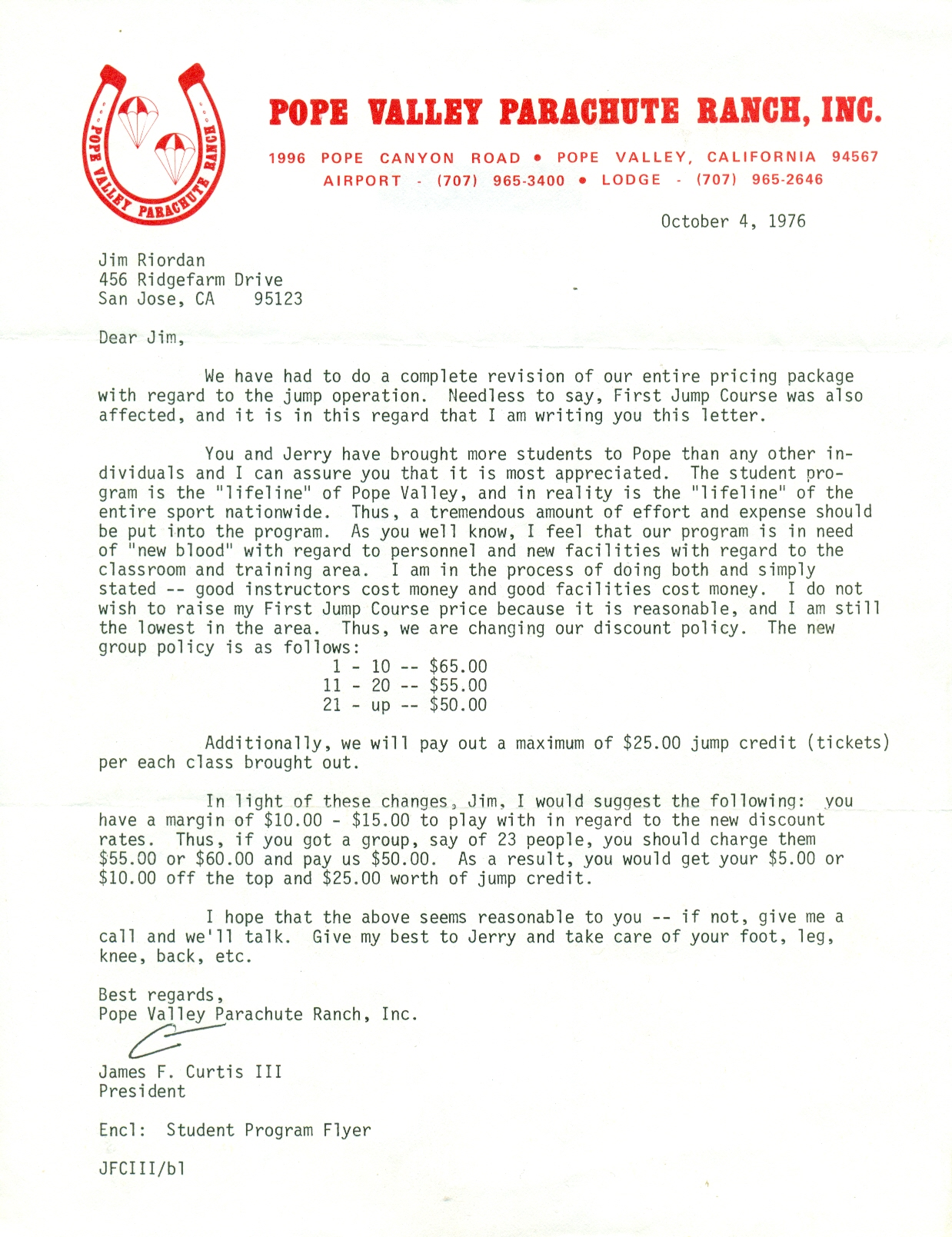
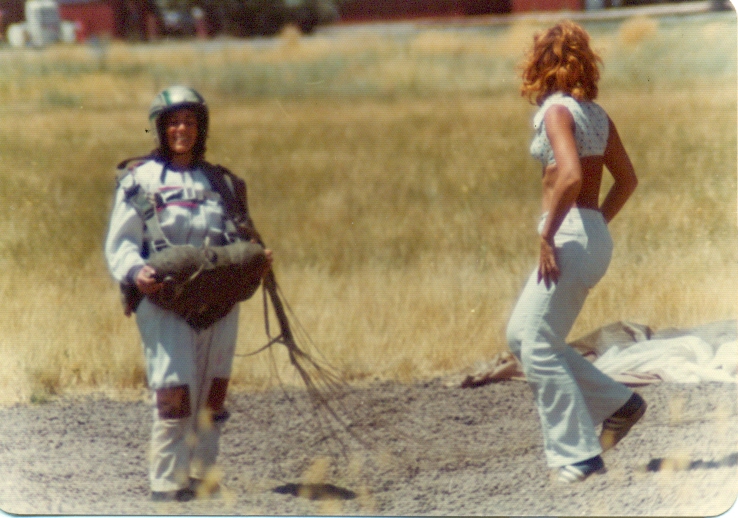
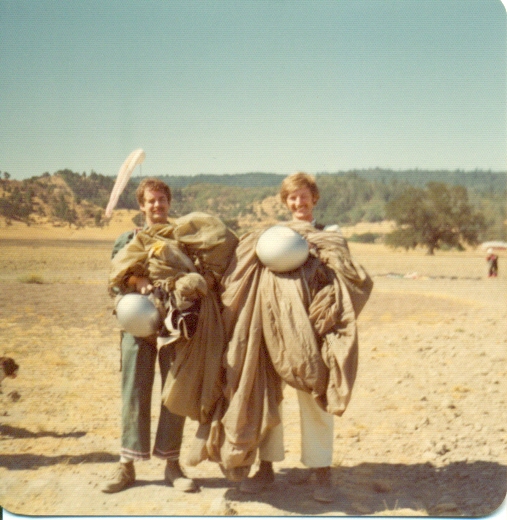
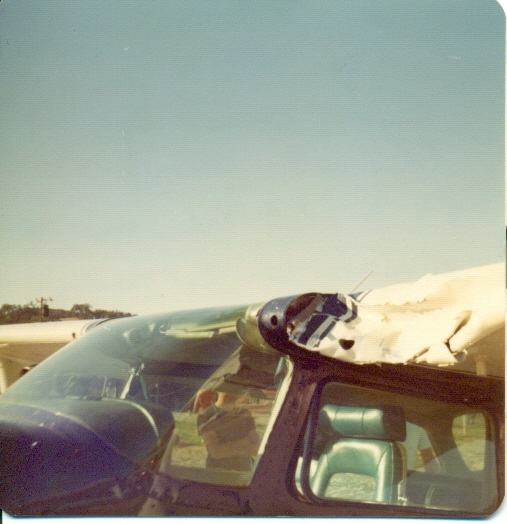






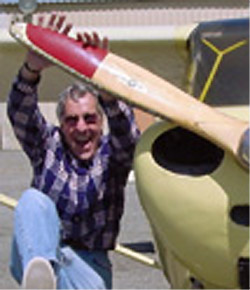

Recent Comments